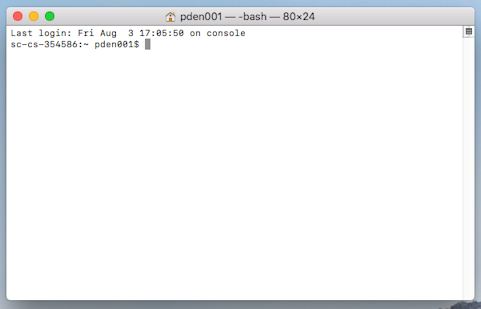

"name": "Developer Command Prompt for VS 2019", In this case, for the Visual Studio command prompts, just use the following snippet: \"", Inside that lists array, you can add your additional profiles.

You will see that the console displays the Volume number and letter, label, formatting type, partition type, size, status, and other information. Next use the following command: list volume The Diskpart utility can do everything that the Disk Management console can do, and more! It’s invaluable for scriptwriters or anyone who simply prefers working at a command prompt.

You can also use diskpart to get a list of drives along with some more details. Use the following command: fsutil fsinfo drives You can also use fsutilto display drives. This utility helps you list files, change the short name of a file, find files by SID’s (Security Identifier) and perform other complex tasks. Windows also includes an additional command-line tool for file, system and disk management, called Fsutil. Wmic logicaldisk get deviceid, volumename, description


 0 kommentar(er)
0 kommentar(er)
